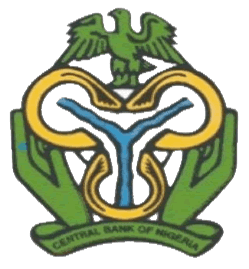Payments System
Introduction | Retails Payments | Modes | Large Value Payments | PSV2020 | PSV2025 | Oversight | Payments Service Providers | BVN | Circulars | Guidelines | e-Payment Statistics | International Money Transfer Operators
External Debt
Sources of External Debt
Nigeria has contracted a number of debt obligations from external sources,
some of which are
- Paris Club of Creditors
- London Club of Creditors
- Multilateral Creditors
- Promissory Note Creditors, which are the refinanced uninsured trade arrears
- Bilateral and Private Sector Creditors.
Causes of Nigeria's External Debt Problem
Numerous factors contributed to the increased size of Nigeria's external
debt which by the end of 2000, stood at US$29 billion. The major factors include
the rapid growth of public expenditure, particularly that on capital projects,
borrowing from the international community at non-concessional interest rates,
decline in oil earnings from the late 1970s and the dependence on imports, which
contributed to the emergence of trade arrears. By 1986, short and medium-term
loans constituted about 85.0 percent of the total debt stock. The above developments
resulted in the bunching of debt service, thus compounding the debt situation.
Furthermore, upward movements in the interest rate affected the size of the external
debt stock.

 Flickr
Flickr Instagram
Instagram LinkedIn
LinkedIn